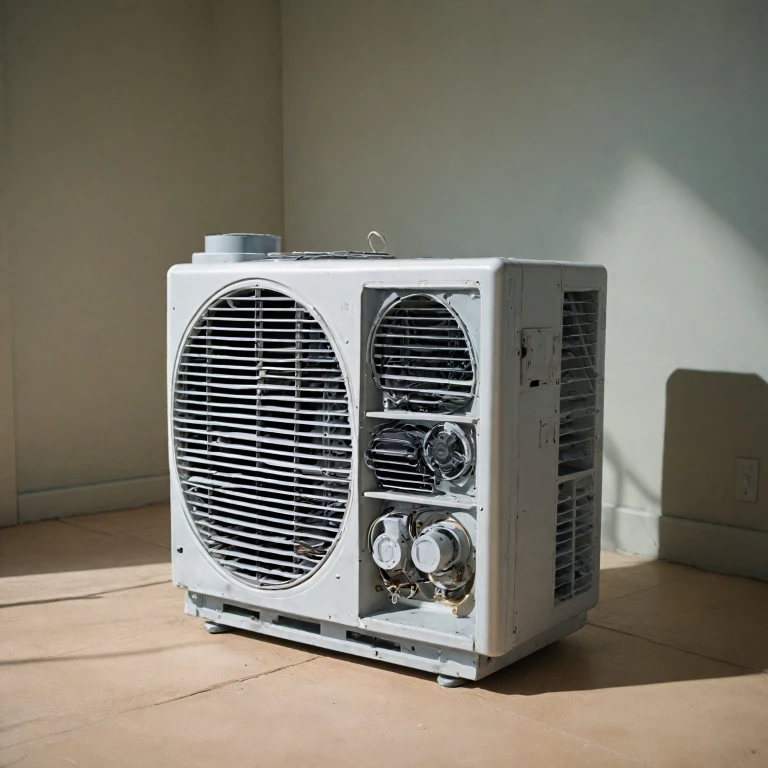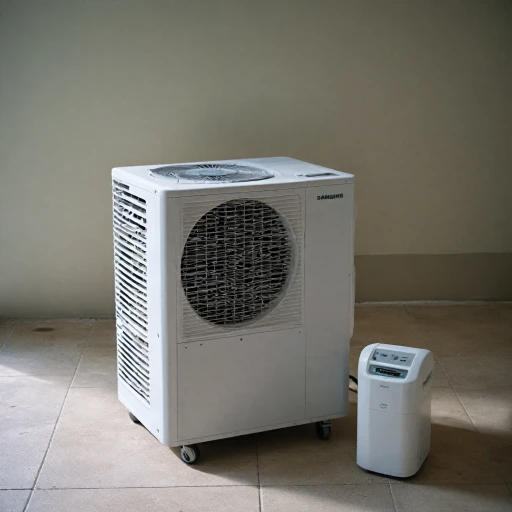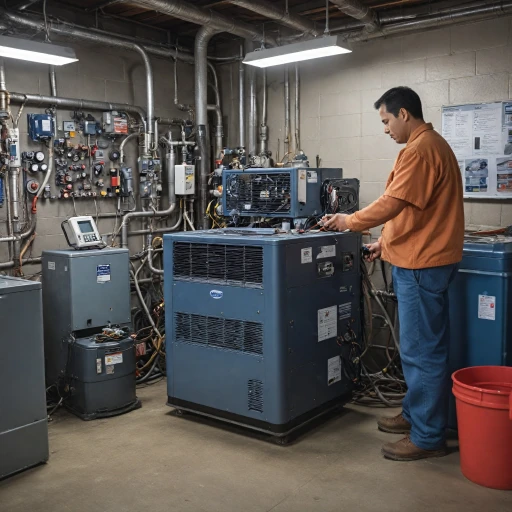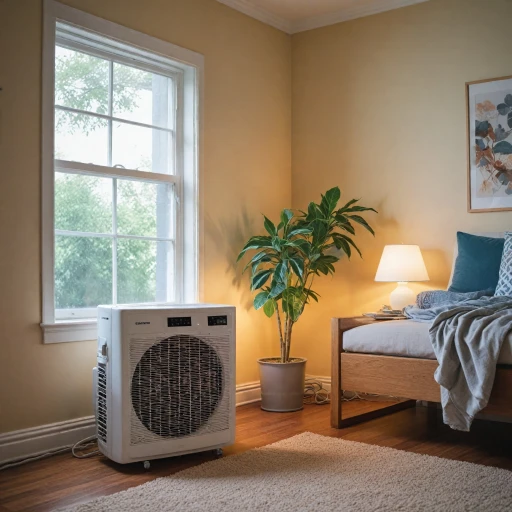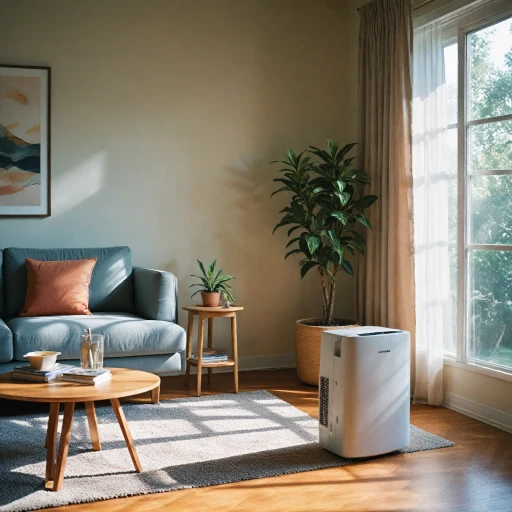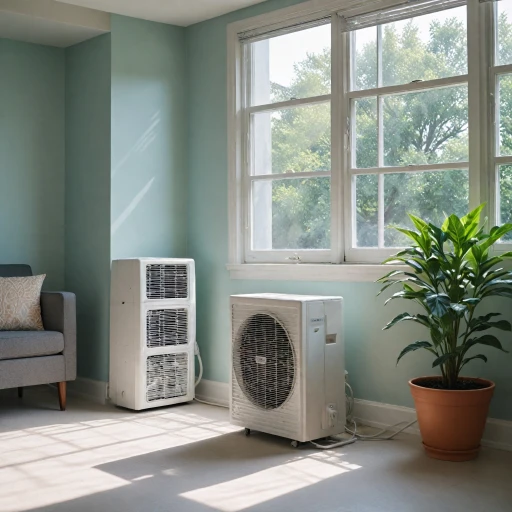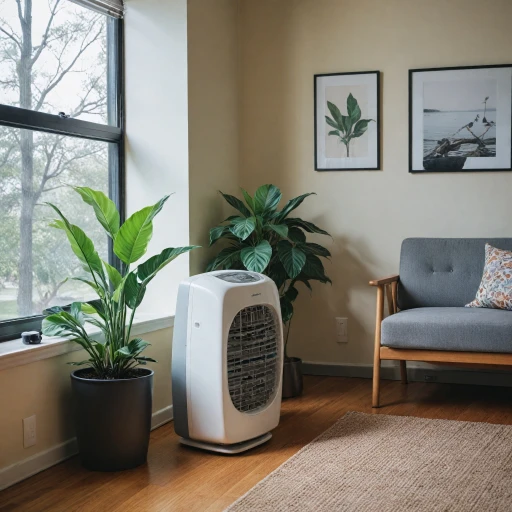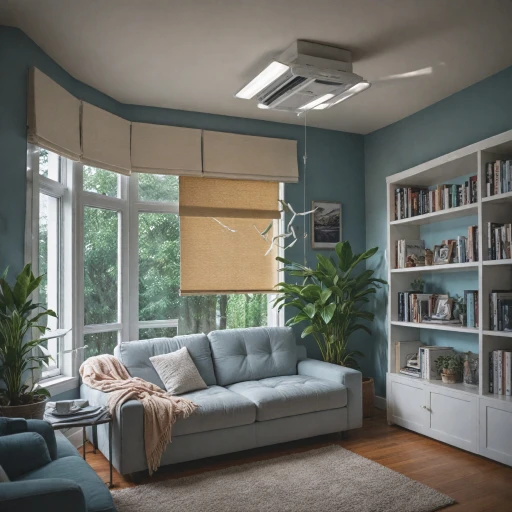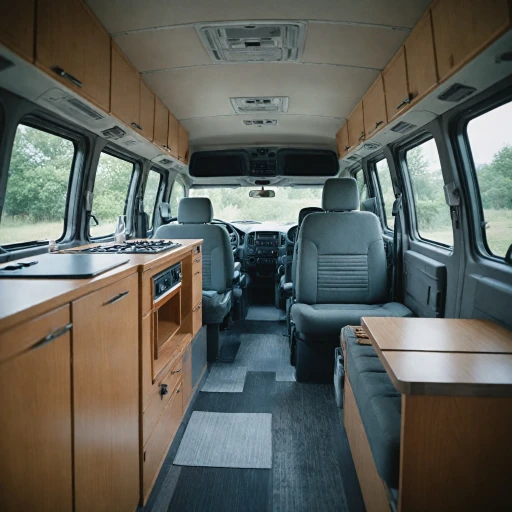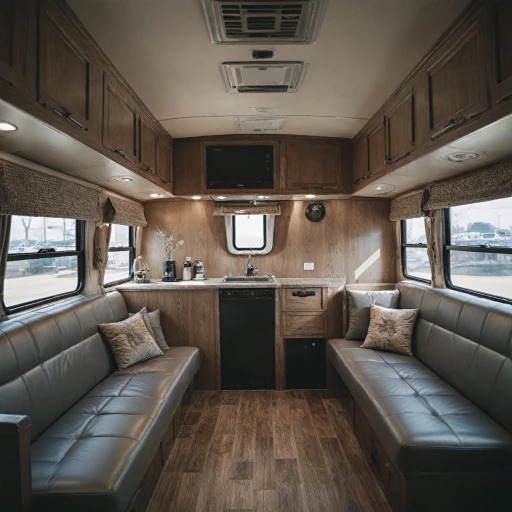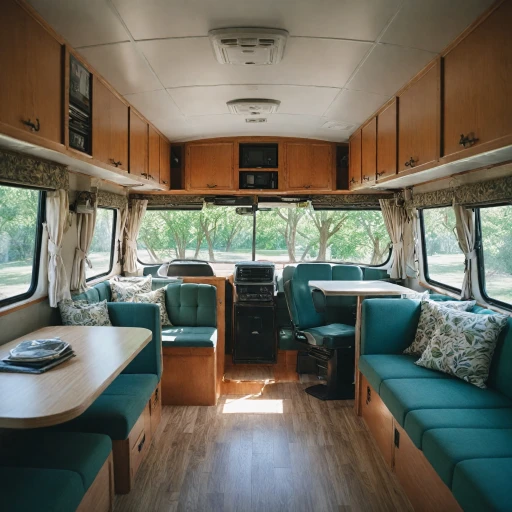
The Core Components of Portable Air Conditioners
Fundamental Elements of a Portable Air Conditioning Unit
When it comes to portable air conditioners, understanding their core components can significantly enhance your ability to maintain, upgrade, or replace them efficiently. Most portable air conditioning units share a basic structure, though differences exist between products type and conditioner model. Here’s a closer look at the elements that make up a typical unit:
- Compressor: This is the heart of the system, crucial for compressing and circulating refrigerant throughout the unit.
- Condenser: Typically located at the back, it helps in dissipating heat from the refrigerant, aided by a fan for faster cooling.
- Evaporator: Positioned at the front, the evaporator cools the air by absorbing heat as the air passes through.
- Fan: Critical for air circulation, the fan draws room air in, circulates it through the evaporator, and then directs it back into your room.
- Exhaust Hose: A flexible duct hose connected to the window, facilitating the expulsion of warm air outside. Consider a quality exhaust duct connection for optimal performance.
- Air Filter: Plays a pivotal role in ensuring air quality by trapping dust and particles. Regular cleaning and filter replacement are essential for maintaining energy efficiency.
- Window Kit: A necessary accessory for sealing the window opening where the exhaust hose exits, preventing hot air leakage.
- Water Reservoir: Collects condensation, which must be regularly emptied unless it has an auto-evaporation feature.
Each component works synergistically to deliver efficient cooling and maintain the desired air conditioning comfort in your space. Be sure to explore more about how these parts contribute to the system’s overall efficiency and what typical issues might arise in the subsequent sections of this guide.
How Each Part Contributes to Cooling
Elements Working Together for Optimal Cooling
When diving into the mechanism of portable air conditioners, understanding how each part contributes to cooling is crucial. At the heart of every air conditioner is the compressor, driving the refrigeration cycle. It compresses refrigerant fluids, transforming them into high-pressure gas. As this gas moves through the condenser coil, the accompanying fan expels the heat, turning the gas into a high-pressure liquid upon cooling.
The air filter plays a significant role in air quality and unit efficiency. Filtering out dust and airborne particles not only purifies the air but also prevents internal blockages. A clean filter is essential for effective airflow, thus prolonging the portable air conditioner's life span.
Furthermore, the exhaust systems, including the exhaust duct and hose, are pivotal in venting out the collected heat. An effective duct hose setup, often connected via a window kit, is critical for extracting warm air from your living space. Regularly checking the exhaust components ensures that the hot air is evacuated efficiently, keeping your environment cool.
For energy efficiency, thoughtful placement of the portable air conditioner near a window for convenient venting, combined with a well-sealed environment using a window seal kit, amplifies cooling effectiveness. All these components are vital; when they work in harmony, you can achieve maximum comfort in various environments, such as enclosed trailers using portable air conditioners.
Lastly, understanding how each component not only performs individually but collectively leads to a more informed decision when considering replacement parts for your specific conditioner model down the line.
Common Issues with Portable Aircon Parts
Detecting and Addressing Common Component Problems
Portable air conditioners are convenient, but their various parts can sometimes encounter issues, impacting performance and comfort. Here's a rundown of common problems associated with portable air conditioner components and how to address them.- Exhaust Hose Troubles: The exhaust hose is crucial for venting warm air out of a space. Often, problems arise with kinks in the hose or a loose connection. Ensure that your exhaust duct and window vent kit are securely installed and the hose is free of obstructions. Regular checking helps maintain consistent air flow.
- Air Filter Concerns: A clogged air filter can decrease cooling efficiency. It's vital to clean or replace the filter regularly to ensure optimal air quality and performance. Some replacement parts are universal, but be sure to stock the right filter model matching your unit.
- Water Drainage Issues: Many portable air conditioners have a built-in dehumidifier, meaning water collects in a tank. If your unit is leaking, the tank might be full or improperly secured. Checking and emptying the tank or using an extension kit for continuous drainage can solve the problem.
- Cooling Performance Drops: If you notice a decline in cooling, it might be due to refrigerant leaks or motor malfunctions. Unfortunately, these issues often require professional repair or the replacement of parts. Regular maintenance and timely intervention can prevent such severe problems.
- Seal Kit Inefficiencies: The window seal kit can degrade over time, increasing energy costs due to air leaks. Regularly inspect and replace the seal kit to maintain energy efficiency in your portable air conditioning endeavors.
Maintenance Tips for Longevity
Essential Tips for Maintaining Your Portable Air Conditioner
Maintaining your portable air conditioner is key to ensuring its longevity and continued efficiency. Regular maintenance doesn't just improve performance; it also helps prevent key issues that can arise with some parts, such as the vent kit or motor. Here are some tips to keep your cooling unit in top-notch condition:- Regularly Clean or Replace Filters: Over time, the filter in your air conditioner will accumulate dust and debris, which can impede airflow and reduce cooling efficiency. Check the filter monthly, especially during peak cooling periods, and clean or replace it as needed. Quality stock products can provide you with universal replacement options that suit various models.
- Inspect the Exhaust Hose and Duct: The exhaust hose plays a crucial role in directing hot air outside your space. Make a routine check to ensure there are no obstructions or damage to the hose or duct. Ensure that the hose is not bent sharply, which can restrict airflow and reduce energy efficiency. Consider using a seal kit to improve the connection between the duct hose and your window opening.
- Ensure Proper Ventilation: Make sure the unit is positioned correctly with the exhaust hose stretched to its full capacity. This prevents pressure build-up that could overwork the motor. Using a window seal can effectively enhance the overall efficiency of your mobile air system by preventing hot air from seeping back inside.
- Check for Leaks in the Extension Kit: If your conditioning unit uses an extension kit, it’s vital to regularly check for any air leaks. This will ensure optimal performance and help maintain the energy efficiency of your air conditioning unit. Replacement options are available if the stock kit accessories are compromised.
- Inspect the Vent Kit and Accessories: Frequent use can lead to wear and tear on your vent kit and other accessories. Inspect them periodically to ensure your air conditioner model performs optimally. High-quality replacement parts can keep your unit running smoothly.
- Perform Seasonal Maintenance: At the start and end of each cooling season, inspect the entire unit, including the exhaust duct and hose, for any visible damage or wear. Stock up on btu portable maintenance products to handle any quick fixes required before the next season.
Replacement Parts and Upgrades
Replacing Components in Portable Air Conditioners
Replacing parts in a portable air conditioner can significantly enhance its performance and extend its lifespan. When a unit stops working efficiently, identifying and replacing faulty components can restore it to its optimal functioning. Here's what you need to know about replacement parts and upgrades for your portable air conditioner. Replacing a malfunctioning motor or a clogged filter can drastically improve your air conditioning unit's performance. Motors are essential for powering the fan that circulates cool air, while filters ensure that the air is free from dust and allergens. Filters should be checked regularly and replaced if they show signs of wear to maintain air quality and encourage energy efficiency. Upgrade options are available, including higher quality filters or universal replacement kits that might improve unit performance. A better exhaust hose or duct hose can aid in more effective air dispersion, ensuring that cooling is evenly distributed throughout the space. For window installations, consider an exhaust vent kit or a window seal kit. These kits help secure the unit and prevent unwanted escape of conditioned air, which is crucial for ensuring that your portable air conditioner remains energy efficient. When choosing replacement parts, make sure they are compatible with your specific conditioner model. Do not rely solely on universal products; ensure they're intended for your particular unit to avoid damaging the machine. Additionally, investing in high-quality replacement parts not only ensures smooth functioning but can also increase the unit's BTU portability, thereby enhancing its cooling capacity. Stock products that are rated for high performance tend to offer better durability, saving you from frequent replacements. Regular maintenance and timely replacements ensure that your portable air conditioner continues to function effectively, providing a cool, comfortable environment in your home.Choosing the Right Portable Air Conditioner
Making the Right Choice for Your Needs
Choosing the right portable air conditioner is an essential step in ensuring your comfort, especially during hot summer months. Understanding what each model offers in terms of cooling efficiency, portability, and features will guide you in making a purchase that suits your needs. Here are a few factors to consider:
- Cooling Capacity: Measured in BTUs (British Thermal Units), the cooling power should align with the space you intend to cool. A larger room will require a unit with a higher BTU rating.
- Energy Efficiency: Look for models with high Energy Efficiency Ratio (EER) ratings or Energy Star certifications. These units typically consume less power, resulting in lower utility bills.
- Installation Requirements: Consider where you'll place your unit. Some models require a window seal kit or a vent kit for the exhaust hose, dictating placement options.
- Portability: Check the weight and size dimension of your conditioner model to ensure it can be easily moved within your living space.
- Accessories and Parts: Models that offer universal parts portable or come with a comprehensive accessories kit make replacements and upgrades straightforward.
- Filter Type: A quality air filter is crucial for improving indoor air quality. Some units come with washable filters, which are low-maintenance and cost-effective in the long run.
- Noise Levels: Investigate the sound levels of potential units, especially if you plan to use the air conditioning in a bedroom or office environment.
Additionally, compatibility with any existing parts or units, such as a mobile air exhaust duct or an extension kit, can be a practical consideration for upgrading your cooling system without excessive costs. Remember, a well-chosen portable air conditioning unit not only enhances comfort but also prolongs the lifespan of its components with proper care and use.
